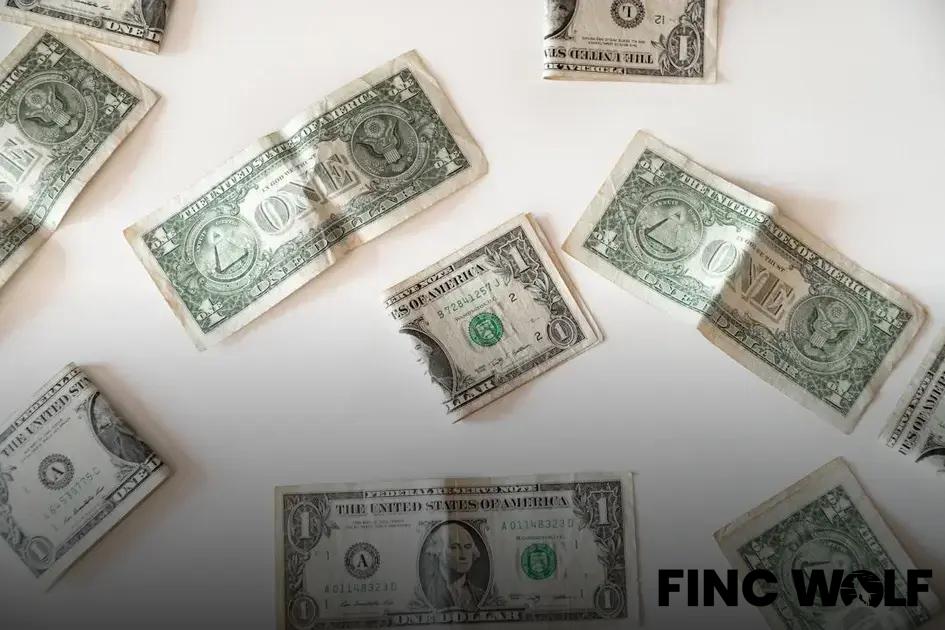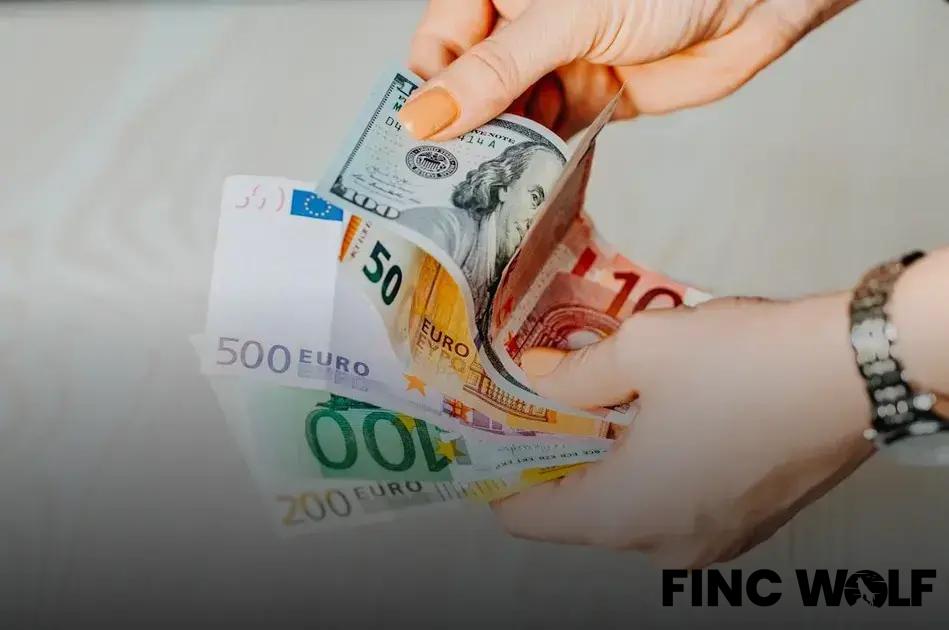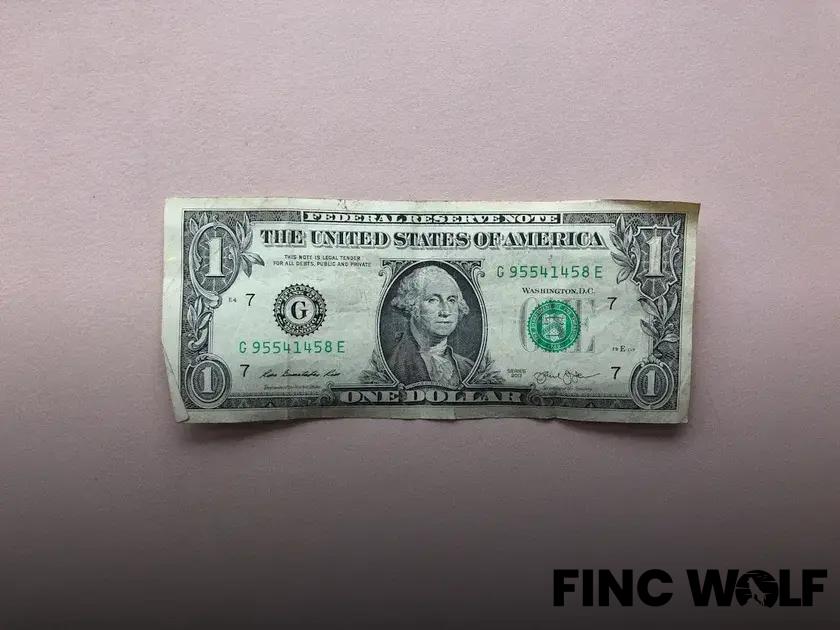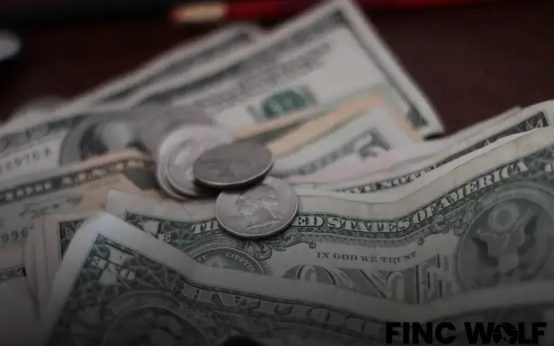How NFTs Are Evolving Beyond Digital Art is a new and intriguing chapter in technology’s history. Originally seen as merely virtual collectibles, NFTs are now venturing into fields like music, real estate, and even personal identity. This shift is revolutionizing industries and creating new marketplaces. With opportunities and challenges on the horizon, the evolution of NFTs is a topic that merits deep exploration. Join us as we delve into the various ways NFTs are expanding beyond their initial digital art form and influencing diverse sectors.
The Birth of NFTs
The development of NFTs marks a revolutionary phase in the digital age. Initially, NFTs, or non-fungible tokens, emerged as a groundbreaking solution to authenticate and own unique digital assets. Unlike cryptocurrencies such as Bitcoin, NFTs are unique and cannot be exchanged for another NFT at an equal value, making them perfect for representing digital art, music files, and even tweets.
The creation and acceptance of the ERC-721 standard on the Ethereum blockchain played a crucial role in the birth of NFTs. It laid the groundwork for more complex applications beyond simple digital collectibles. By leveraging blockchain technology, NFTs ensure provenance, rarity, and ownership—all essential features that fuel their value and utility.
The Shift from Digital Art
Originally hailed for revolutionizing how we appreciate and trade digital art, NFTs are now expanding into numerous industries. Their ability to provide immutable proof of ownership and origin is critical in a world where copying digital data is seamless and often indistinguishable. With these characteristics, NFTs are primed to reshape not only art but also gaming, music, real estate, and more. The integration of NFTs into these areas underscores their growing role in transforming economic models and creative interactions.
As the concept matured, platforms for minting, trading, and displaying NFTs became more sophisticated, accommodating complex licensing agreements and enhancing user experience. The process of minting, where digital files turn into NFTs on the blockchain, became streamlined, allowing artists and creators to partake actively in this digital revolution.
NFTs in the Music Industry

The music industry has been significantly influenced by the advent of NFTs, marking a transformative shift in how artists and fans interact. Artists now have the power to tokenize their music, creating unique digital assets that can be bought and sold.
Monetizing Fan Engagement: NFTs allow musicians to engage directly with their fanbase in innovative ways. Fans can purchase exclusive content, like behind-the-scenes footage or limited edition tracks, which are authentically owned as NFTs. This creates a new revenue stream for artists and deepens fan loyalty.
Moreover, the royalties structure of NFTs can ensure that artists receive a fairer portion of earnings. Each resell of a music NFT can include a commission fee, automatically rewarding the creator whenever the item changes hands. This perpetual royalty system is seen as a potential remedy to the current challenges in music streaming platforms, where artists often receive minimal financial benefit.
Several artists have already embraced NFTs to release albums, host virtual concerts, and offer exclusive experiences to NFT holders. This direct artist-to-consumer connection bypasses traditional record labels and distributors, giving creators more control over their work.
In essence, NFTs are opening up exciting new pathways for creativity and commerce in the music industry, paving the way for a more decentralized and equitable future.
Real Estate and Virtual Land
The rise of NFTs in the world has extended far beyond traditional digital art, entering realms like real estate and virtual land. This segment of the NFT ecosystem is setting the stage for incredible innovation and transformation. Platforms like Decentraland and The Sandbox are pioneering the ownership and trading of virtual real estate parcels.
These digital plots come with unique identifiers, giving owners all the rights associated with physical land: they can develop, sell, or lease them. This market allows users to create virtual experiences, from venues hosting concerts to dynamic social environments, thus redefining property investment in the digital age.
Economic Impact and Opportunities
The metaverse isn’t just a futuristic concept anymore. The transactional volume for virtual land sometimes rivals that of physical properties. Investors and developers worldwide have started recognizing the potential for high returns and creative expansion. As the trend grows, traditional real estate firms are also exploring digital twins that enhance physical properties.
Overall, as NFTs evolve, virtual real estate is becoming an unprecedented avenue for investment, creativity, and community-building, promising opportunities that extend well beyond what was previously possible.
NFTs in Gaming and Entertainment

NFTs are revolutionizing the gaming and entertainment industries by introducing new opportunities for ownership, monetization, and interaction. Gaming developers are integrating NFTs to allow players to own unique in-game items, which can be traded or sold on blockchain marketplaces. This enhances the gaming experience by providing real-world value to digital assets, transforming how players interact with games. Moreover, NFTs enable developers to create scarce digital assets, increasing their perceived value and driving player engagement.
In the realm of entertainment, NFTs are being used to deliver exclusive content, such as behind-the-scenes footage or unreleased tracks. Artists and creators have started to capitalize on NFTs to offer unique experiences to their most dedicated fans. This not only creates new revenue streams but also fosters closer connections between fans and creators. Additionally, sports organizations are exploring NFTs to offer fans collectible digital memorabilia, which can enhance the fan experience and provide new avenues for engagement.
NFTs as Digital Identity
NFTs, or Non-Fungible Tokens, are emerging as a revolutionary tool in the realm of digital identity. With their unique and verifiable characteristics, NFTs offer a way to represent individuals in the digital space without the vulnerabilities of traditional identification methods.
In the fast-paced digital world, ensuring secure and authentic identity verification is crucial. NFTs provide a decentralized solution, granting individuals more control over their digital identity. By storing personal data securely on the blockchain, users can authenticate their identity without the risk of data tampering or identity theft.
Use Cases for NFTs in Digital Identity
Beyond just security, NFTs can help enhance personalization and self-expression in digital platforms. For instance, owning specific NFTs can allow users to access exclusive content or virtual spaces, offering a tailored online experience.
Furthermore, in professional environments, NFTs could function as immutable records of qualifications and achievements. Instead of traditional certificates, which are susceptible to loss or forgery, NFTs provide a permanent and verifiable record, streamlining results for both individuals and employers.
As the technology continues to evolve, the potential for NFTs in constructing our digital footprint is vast. By embracing this change, we can move towards a future where digital interactions are not only more secure but also more personalized and meaningful.
Environmental Concerns and Solutions

The evolution of NFTs (Non-Fungible Tokens) beyond digital art has also brought environmental concerns into the spotlight. Many NFTs are built on blockchain technology, which often involves high energy consumption due to the proof-of-work mechanism used in processes such as mining. Blockchain networks like Bitcoin and Ethereum have come under scrutiny because their operations require significant computational power, thus consuming large amounts of electricity, mainly sourced from non-renewable energy.
In response to these concerns, alternatives like proof-of-stake are being explored, which drastically reduces energy usage by removing the need for intensive mining. This shift can potentially address the sustainability issues associated with traditional blockchain processes. Moreover, some platforms are committing to using or investing in renewable energy to offset their carbon footprint.
The development of Layer 2 solutions and sidechains offers another potential solution by enabling transactions to occur off the primary blockchain. These technologies can help reduce congestion and carbon emissions by decreasing the volume of direct chain transactions. Additionally, emerging networks are prioritizing eco-friendly practices from their inception, integrating energy-efficient protocols, and focusing on innovations that minimize environmental impact.
Encouraging transparency in carbon offset efforts, along with a commitment to sustainable practices, is key to addressing the environmental impact of NFTs. Developers and platforms must actively participate in and support the transition towards greener blockchain technologies. These efforts, combined with global awareness and regulatory pressures, are driving the NFT space towards a more environmentally friendly future.




